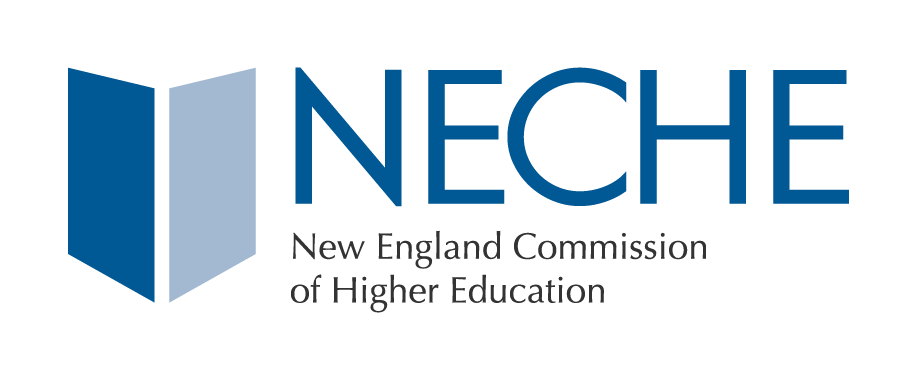
My previous post on an international university in the process of seeking accreditation from NECHE emanated from a small town high up in the Swiss Alps. This week’s location could hardly be more different in terms of continent, culture, and climate–as I am in the sprawling city of Ho Chi Minh City in the Socialist Republic of Vietnam, concluding a visit to Fulbright University Vietnam. When I left Boston on Friday, spring was barely sputtering its way in; here it’s been over 90 degrees every day, with heavy rains and even heavier humidity. I’m damp to the bone.

A quick tutorial on the process of institutions seeking US accreditation from NECHE for the first time. After a series of calls and emails to determine if an institution appears ready to begin the long process of becoming accredited, a staff visit is scheduled–typically two days in length. Before that visit occurs, the school prepares a draft report addressing each of our 24 requirements of affiliation. The purpose of the staff visit is to confirm the validity of the information in the report and address any areas of concern the Commission might have before a 3-person peer team makes a visit the following semester to recommend “eligibility.” If a school is found to be eligible to apply for candidacy, that begins a two-year clock for the institution to complete its self-study, then apply for initial accreditation within the next five years. As I said, it’s a long and rigorous process. So my visit this week with Fulbright is just the beginning of its journey with us. (In my next post, I will feature my next stop at Sampoerna University in Jakarta, Indonesia, which is a bit further along the accreditation track and was recently declared eligible to apply for candidacy.)


Fulbright has a fascinating origin story. It dates back to 1994 with the establishment of the Fulbright Economics Teaching Program (now the Fulbright School of Public Policy) in the Harvard Vietnam Program. Funded by the U.S. State Department, it built a reputation as a center of excellence in public policy research and teaching in Vietnam and has trained more than 2,000 public and private sector decision-makers in Vietnam.

When the Prime Minister of Vietnam visited Harvard University in 2005, the idea of building a free-standing private university in Vietnam was first put forward and ten years later, that idea became a reality. According to President Dam ( a former Fulbright scholar who studied at my graduate alma mater, the University of Pennsylvania), the reason it took over a decade to pull off was that two conditions had to be met: first, the Vietnamese government needed to provide the land for the campus; and it needed to commit that this new university would be independent of government control and academic freedom would prevail. In 2018 Fulbright University Vietnam became the first private, non-profit college in the country, and four years later, it remains the only one.



Symbols of a Tamarind tree appear everywhere on campus, reminding students of the humble beginnings of their university, as under just such a tree the first students and faculty gathered. In 2024, FUV plans to move to a brand-new campus, with a ground-breaking imminently scheduled on 37 acres of government-donated land valued at more than $150 million in Saigon High-Tech Park in District 9. The design of Phase One is quite impressive, the most environmentally advanced education complex ever built in Vietnam. This phase will support 1,500 students and cost almost $80 million– half coming from a loan from the United States International Development Finance Corporation and the other half from gifts by eight “founders,” seven of whom are Vietnamese and the eighth a Vietnamese-American. This truly represents a continuation of the partnership between our two countries. From 2017 to 2022, USAID and the Department of State have provided over $50 million dollars to transform the promise of FUV into a thriving reality.

For now, FUV is located in leased quarters in the very modern District 7 surrounded by a lake, restaurants, shops, and high-end residential units. Its Masters of Public Policy program is the only NASPAA-accredited program in Southeast Asia and includes a unique opportunity for students to participate in an intensive seven-day course at Harvard. Alumni include the current Prime Minister of Vietnam.

The undergraduate program offers nine majors and a structured liberal arts core curriculum and will graduate its first students in 2023. Four years ago, it began a year-long co-design experiment in which 53 students and 12 faculty helped create the curriculum which has evolved but continues to this day. The student body has grown to more than 500 and will expand by another 250 next year. (By the way, virtually every one of those original 53 students is on track to graduate next year.) To accommodate the exponential enrollment growth, 20 new full-time faculty were recently hired and will begin work this summer.

I had the opportunity to meet with almost all the faculty, as well as many students, and I could not have been more impressed. The student body, with astonishing high-school GPAs, is 64% female, 24% first-generation, and more than 70% receive financial aid. What most impressed me about these young adults was their passion and thirst for learning and their excitement at being on the ground floor of this student-centered experiment in education.

While my time in Vietnam at Fulbright was short, I left longing to return to see where this already extraordinary institution is headed.

